
I found this Martian landscape of a fungus when I was collecting firewood in the garden today. Usually it grows on oak, but this was on dead rowan branches.
As an ecologist and biodiversity researcher and recorder, the author visits a wide range of rural and urban habitats mainly close to his home in Sedlescombe near Hastings, East Sussex, UK. The weblog covers the full spectrum of wildlife, from mammals to microbes. As well as details of encounters with England’s flora and fauna, information on where to see species of interest is often given.




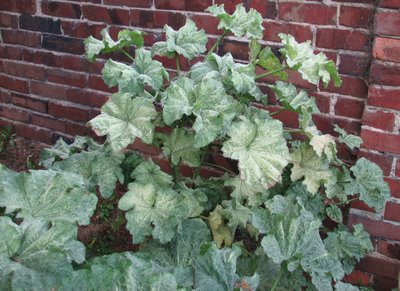

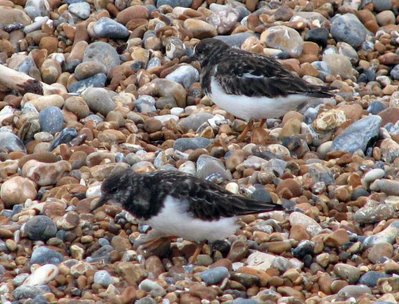
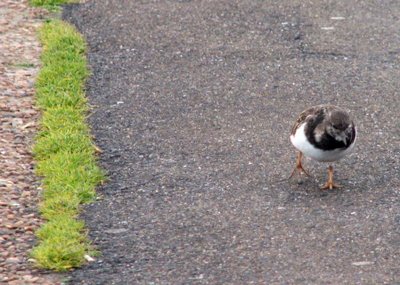
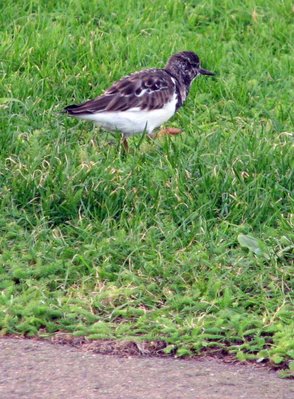






 Today on an amazingly warm October afternoon I found my first harlequin ladybird, Harmonia axiridis, on ivy blossom in Hastings. During the next five minutes I found several colour forms, each on a different ivy each in the same small area. The red and orange ones are the succinea form and the black one with red spots the spectabilis form.
Today on an amazingly warm October afternoon I found my first harlequin ladybird, Harmonia axiridis, on ivy blossom in Hastings. During the next five minutes I found several colour forms, each on a different ivy each in the same small area. The red and orange ones are the succinea form and the black one with red spots the spectabilis form.










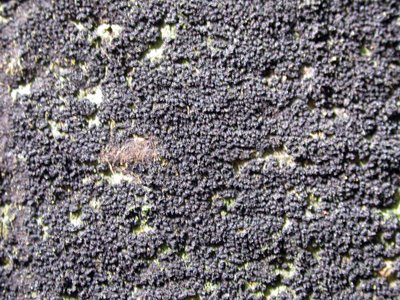


This year, 2006,is proving a very good one for some of our woodland butterflies such as the silver-washed fritillary, Argynnis paphia (above) and the white admiral, Limenitis camilla.
Both species are quite abundant in Bixley and the adjacent Flatropers Wood (see here) in Beckley and in Pond Wood, part of the Brede High Wood complex (see here).
Hopefully they will spread even further over the next few years. Part of the reason for their success is, I believe, that they are powerful fliers and can recolonise new areas fairly easily whereas the spring fritillaries, wood whites and other butterflies with less powerful flight are continuing to decline.









 A little visitor to our windowpane last night was a twenty-plume moth, Alucita hexadactyla. This species is the only British member of the family Alucitidae. The adults are very long-lived, emerging in August before going into hibernation and reappearing in May and June.
A little visitor to our windowpane last night was a twenty-plume moth, Alucita hexadactyla. This species is the only British member of the family Alucitidae. The adults are very long-lived, emerging in August before going into hibernation and reappearing in May and June.
 On a recent walk under the transmission lines in our local woods, I came across two day-flying moths that are sometimes confused with the grizzled and dingy skipper butterflies.
On a recent walk under the transmission lines in our local woods, I came across two day-flying moths that are sometimes confused with the grizzled and dingy skipper butterflies. One of the first brambles to flower in our area is a species described by the BSBI referee for this group as "probably a luxuriant form of Rubus nemorosus." (Brambles, though they generally look fairly similar, have been divided up by botanists into many microspecies).
One of the first brambles to flower in our area is a species described by the BSBI referee for this group as "probably a luxuriant form of Rubus nemorosus." (Brambles, though they generally look fairly similar, have been divided up by botanists into many microspecies).
 In a lane a mile or so from our house a plant of monk's-hood, Aconitum napellus, has been growing for at least 20 years. Clearly a survivor from the garden of a long demolished cottage, it battles its slender blue spikes of flower through the nettles and brambles in the overgrown hedge every year.
In a lane a mile or so from our house a plant of monk's-hood, Aconitum napellus, has been growing for at least 20 years. Clearly a survivor from the garden of a long demolished cottage, it battles its slender blue spikes of flower through the nettles and brambles in the overgrown hedge every year.
